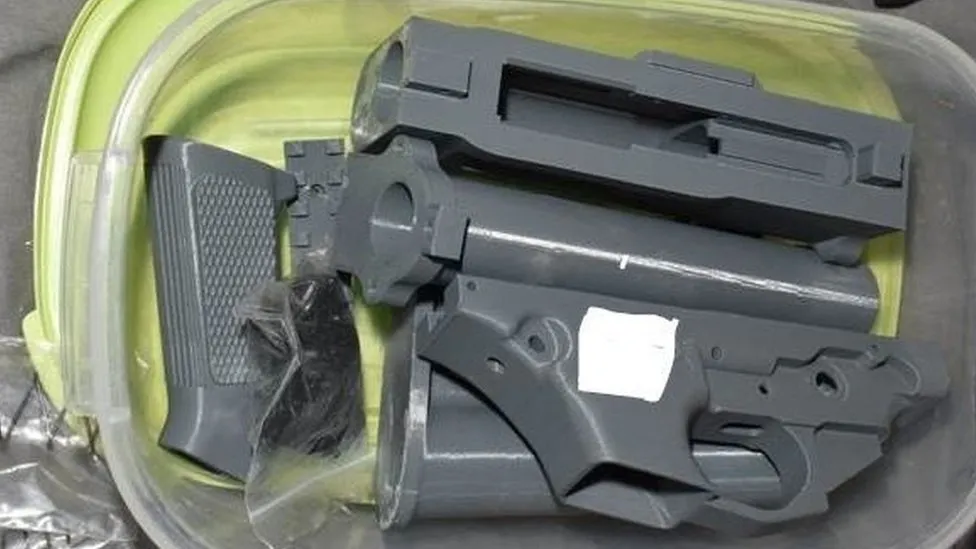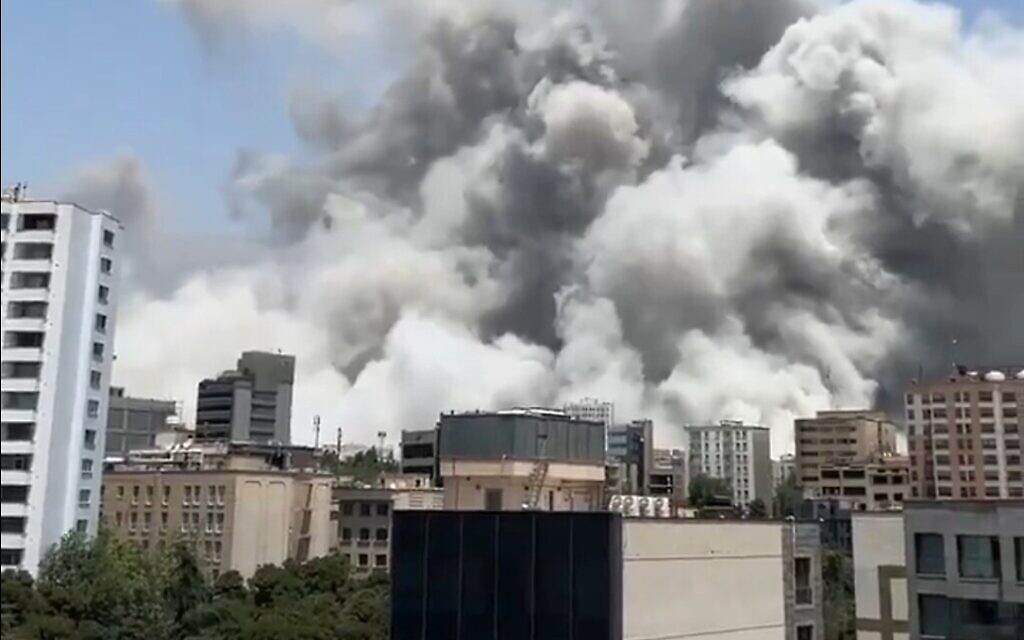3D printed guns: Warnings over growing threat of 3D firearms
Last month police said they made one of the largest seizures of 3D printed firearm components in the UK.

Officers from the Metropolitan Police's Specialist Crime Command had discovered what they alleged was a "suspected makeshift 3D firearms factory" at a home in London on 7 October.
Officers said it demonstrated how "the emerging threat of 3D firearms continues to evolve".
The discovery comes as some experts also warn of a growing threat.
Early versions of 3D printed guns were unreliable, single-shot weapons. Now the National Crime Agency (NCA) tells the BBC the guns are "credible and viable".
The NCA's Matthew Perfect, head of the the National Firearms Targeting Centre, says the latest 3D weapons are "stuff that you definitely, definitely wouldn't want to see on the streets in the UK".
"These are automatic weapons. These are weapons that are capable of multiple rounds of discharge," he said.
At present, the 3D printed components only form some of the parts needed to make a gun, at most 80 to 90% of the weapon, Mr Perfect says.
Key metal components such as the barrel typically have to be manufactured in more traditional ways. And the guns still require ammunition.
As a consequence Mr Perfect is confident the guns can still be detected by "normal security processes".
But these firearms are hard to trace as they are made without serial numbers.
Police are seizing 3D printed weapons in greater numbers. From the start of last year there have been 21 recoveries of weapons, a "significant increase" on previous years, though still small compared to conventional weapons, Mr Perfect says.
Difficulties in transporting weapons across borders during the coronavirus pandemic may have contributed to criminals' interest in printed guns, he suggests.
Peter Squires, professor of criminology and public policy at the University of Brighton, said the threat was likely to grow.
"Things have moved quite fast," he told the BBC, adding the pace is only a little over expectations.
"I'd certainly anticipate more of this, the technology is out there ... and the software and designs are available on the web."
And even if some of the "plastic-type" guns he says remain relatively unreliable, they still have the power to intimidate; guns, he notes, are only fired in about 20% of gun crimes.
-bbc news







